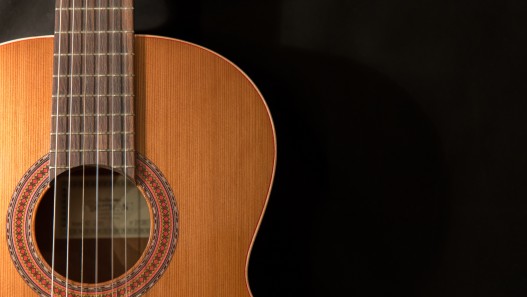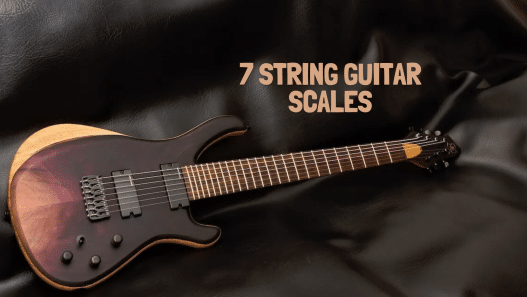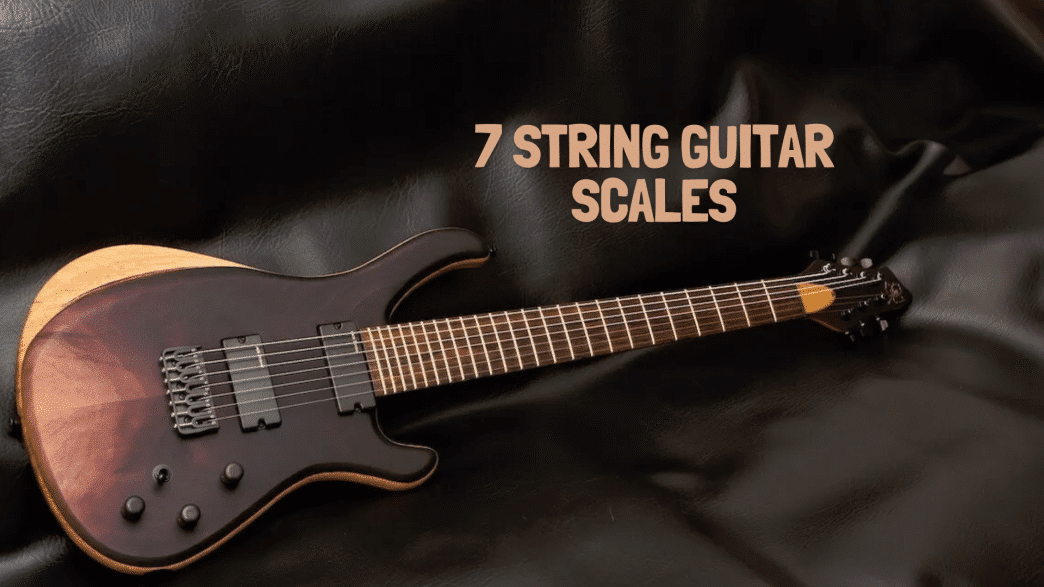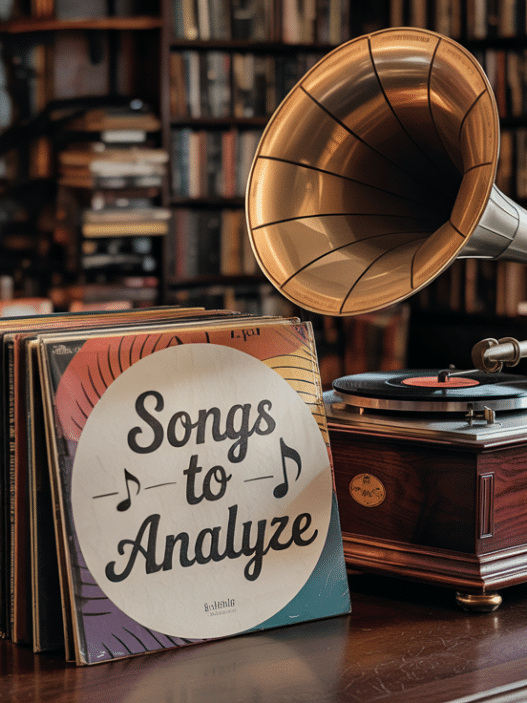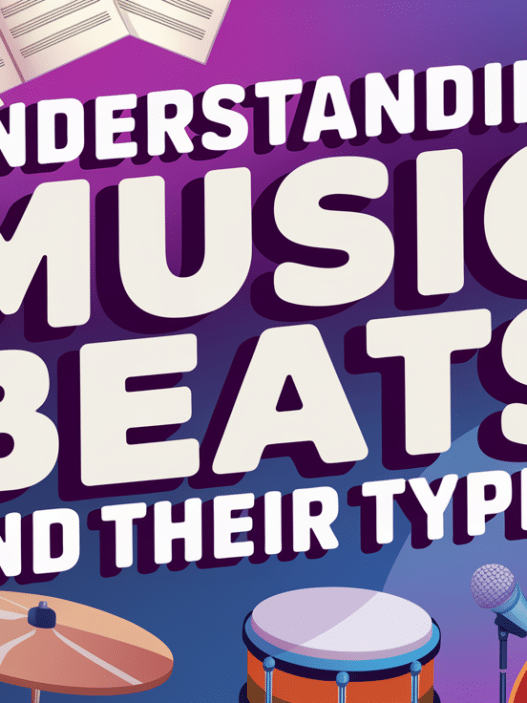What if one string could double your guitar skills overnight? That’s the magic of the 7-string guitar.
The 7-string guitar isn’t just for shredders and pros – it’s your ticket to sounds that make people ask, “How did you do that?”
Remember that feeling when you first played a cool riff? That rush of excitement? Learning 7-string scales brings that feeling back – but with even more power in your hands.
Most guitar players stick to six strings their whole lives. They never know what they’re missing. That extra string isn’t just more notes – it’s a ticket to deeper, richer music that stands out from the crowd.
Don’t worry about it being too hard. This guide breaks down 7-string scales into bite-sized steps anyone can follow. No music degree needed. Just a love for guitar and a hunger to try something new.
What Makes the 7-String Guitar Different?
That extra string isn’t just “more of the same” – it’s a whole new world of sound hiding in plain sight. The 7-string guitar takes everything you love about regular guitars and adds a muscular low end that can rumble floors and turn heads.
Most 7-string guitars add a low B string below your regular E string.
| Tuning: B – E – A – D – G – B – E (from lowest to highest) |
This tuning gives you five extra notes without having to retune or use tricky fingerings. It’s like having a bass player built into your guitar!
Metal players love 7-strings for those earth-shaking riffs that cut through even the loudest drums. But jazz cats and fusion players use them too– that extra range lets them play chords that would be impossible on a regular guitar.
Is it harder? A little. Your hand needs to cover more ground. Scale patterns shift a bit. But your brain adapts quickly – it’s still a guitar, just with extra firepower.
Starting Simple – Pentatonic and Basic Scales
Don’t jump into the deep end right away. The best place to start with your 7-string is where you’re already comfortable – the pentatonic scale.
Remember that 5-note minor pentatonic scale you already know? It works exactly the same on a 7-string, but now extends to that low B string. Start with the A minor pentatonic (A-C-D-E-G) in the 5th position.
The pattern is the same, but now you’ve got extra notes in the basement.
7-String Pentatonic Scale Finder
|------------------FRETBOARD MAP------------------|B | E | A | D | G | B | E|-----|-----|-----|-----|-----|-----|-----| 7 | 0 | 5 | 10 | 3 | 8 | 0 A Minor Pentatonic 5 | 10 | 3 | 8 | 1 | 5 | 10 G Minor Pentatonic 2 | 7 | 0 | 5 | 10 | 2 | 7 E Minor Pentatonic 0 | 5 | 10 | 3 | 8 | 0 | 5 D Minor Pentatonic |-----|-----|-----|-----|-----|-----|-----|Low Root Notes High
Pro Tip: The numbers show where to place your fingers for each root note position. Start with A Minor Pentatonic – it’s the easiest pattern to visualize across all 7 strings!
What This Actually Looks Like On Your Fretboard:
A Minor Pentatonic (First Position) E |---0---3---5-----------------| B |---0---3---5-----------------| G |---0---2---5-----------------| D |---0---2---4---5------------| A |---0---2---3---5-------------| E |---0---2---3---5-------------| B |---0---2---3---5-------------|↑ ↑ ↑ Root notes (A) are at frets 0, 5, 12
This pattern repeats up the neck. When you hit the 12th fret, you’re back to the same pattern but an octave higher. The power of the 7-string comes from that low B string, extending your range downward!
Check out this helpful video on how to play 7-string guitar:
Try this: Play the A minor pentatonic scale from the 5th fret, but start on the low B string (7th fret). Work your way up through all strings, then back down. Feel how that low end changes the vibe of even the simplest scale.
For major scales, the same idea applies. Your E major scale now has five extra notes below the regular low E. This means bigger arpeggios, wider interval jumps, and chunkier chord tones.
Simple 3-Fret Pattern Exercises
Keep it tight at first. Try this 3-fret workout:
- Pick a fret (let’s say 5th)
- Play only notes on the 5th, 6th, and 7th frets across all seven strings
- Create simple melodies using just these notes
- Focus on clean picking and clear notes
This limits you to just 21 notes (3 frets × 7 strings), making it easier to focus on sound quality rather than trying to cover the whole fretboard.
Learning Modes Across the Neck
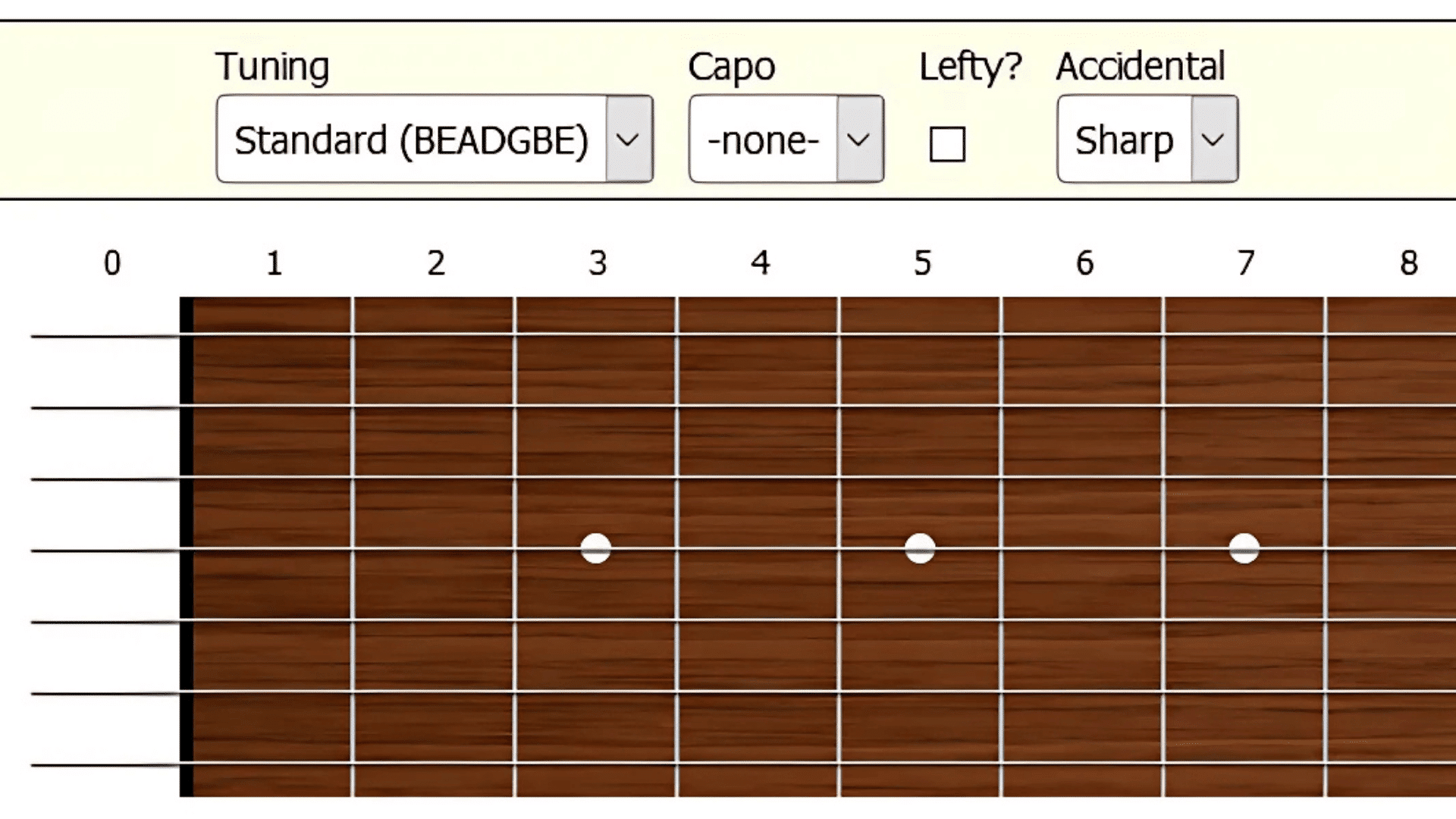
Think of modes as different flavors of the same scale. Each one has its own mood and sound, from happy to sad to exotic. On a 7-string, these moods get even richer with that low range.
The seven modes all come from the major scale, but each starts on a different note. It’s like viewing the same set of notes through seven different windows:
| Mode | Sound Character | Formula | 7-String Sweet Spot |
|---|---|---|---|
| Ionian (Major) | Happy, bright | 1 2 3 4 5 6 7 | Low B string, 15th fret (C) |
| Dorian | Jazzy, soulful | 1 2 ♭3 4 5 6 ♭7 | Low B string, 17th fret (D) |
| Phrygian | Spanish, mysterious | 1 ♭2 ♭3 4 5 ♭6 ♭7 | Low B string, 7th fret (F#) |
| Lydian | Dreamy, floating | 1 2 3 #4 5 6 7 | Low B string, 8th fret (F) |
| Mixolydian | Bluesy, rock | 1 2 3 4 5 6 ♭7 | Low B string, 10th fret (G) |
| Aeolian (Minor) | Sad, emotional | 1 2 ♭3 4 5 ♭6 ♭7 | Low B string, 12th fret (A) |
| Locrian | Tense, unstable | 1 ♭2 ♭3 4 ♭5 ♭6 ♭7 | Low B string, 14th fret (B♭) |
With your 7-string, you can play the same mode in different positions by using that low B string as your launching pad. For example, E Phrygian played from the low B string (7th fret) sounds meatier than the same mode played higher up.
Try this: Pick one mode and play it starting from the low B string. Then play the same mode but start from the low E string instead. Notice how the same pattern feels and sounds different? That’s the power of the 7-string – more options in the same space.
Easy Mode Breakdown: Dorian, Phrygian, Lydian
These three modes are worth learning first because they each have just one note different from scales you already know:
1. Dorian
Dorian mode is just the minor scale with a raised 6th.
On your 7-string, try E Dorian starting at the 2nd fret of your low B string. It’s perfect for jazz-fusion solos and prog metal leads.
E Dorian: E F# G A B C# D E
vs
E Minor: E F# G A B C D E
(raised 6th)

2. Phrygian
Phyrgian mode is the minor scale with a lowered 2nd.
This mode screams metal. Start at the 2nd fret of your low B string and hear that Spanish/metal vibe instantly. Great for chunky rhythm parts.
E Phrygian: E F G A B C D E
vs
E Minor: E F# G A B C D E
(lowered 2nd)
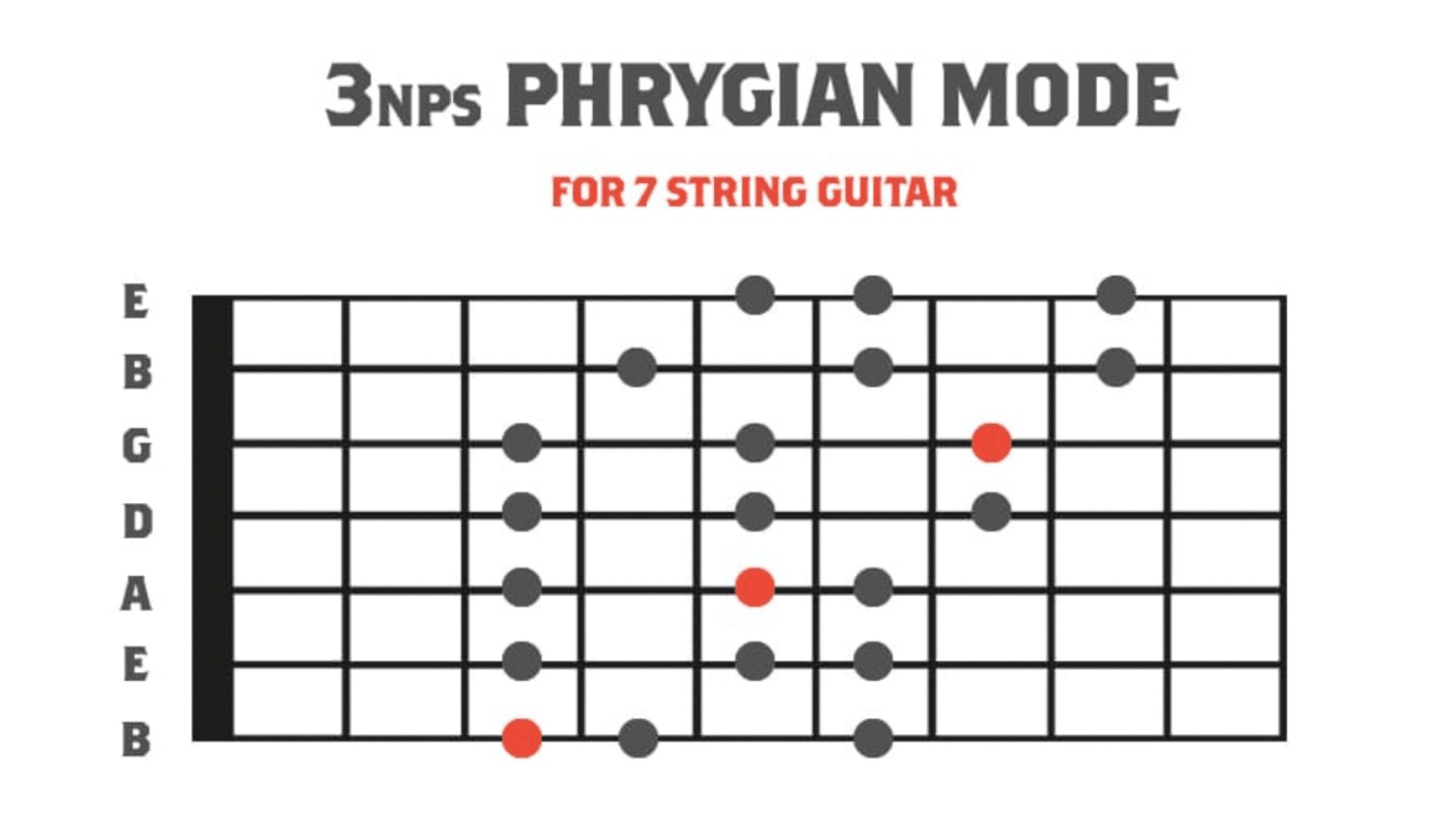
3. Lydian
Lydian mode is the major scale with a raised 4th.
This dreamy mode works great for solos that need to sound a bit “out there.” Try it from the 2nd fret of your low B for spacey, floating leads.
E Lydian: E F# G# A# B C# D# E
vs
E Major: E F# G# A B C# D# E
(raised 4th)
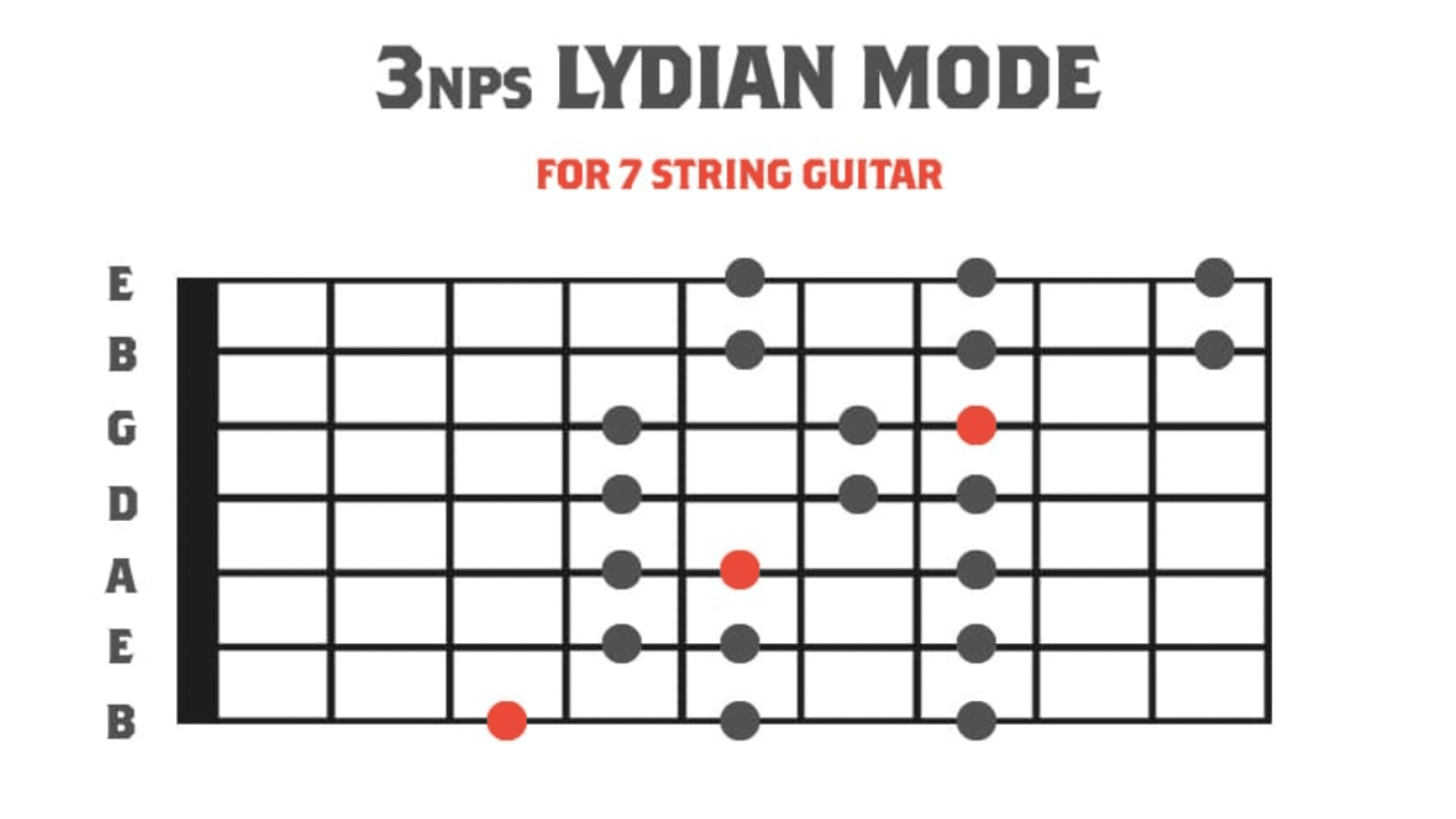
Connecting One Mode Shape to the Next
Here’s the cool part – modes connect like puzzle pieces on your fretboard.
The numbers show the fret where each mode starts on the low B string. If you play them in this order, you’ll hear how one mode flows into the next.
Low B string (7-string guitar)
|--------------------|
| G Mixolydian (10) |
|--------------------|
| A Aeolian (12) |
|--------------------|
| B Locrian (14) |
|--------------------|
| C Ionian (15) |
|--------------------|
| D Dorian (17) |
|--------------------|
| E Phrygian (19) |
|--------------------|
| F Lydian (20) |
|--------------------|
Practice shifting between neighboring modes (like A Aeolian to B Locrian) without stopping. This trains your ear to hear the subtle differences and builds your fretboard knowledge.
Remember – modes aren’t just for solos. They shape the feel of riffs, too. A heavy riff in E Phrygian hits differently than the same rhythm in E Aeolian. That extra string gives you more room to explore these modal colors in any part of your playing.
Take your skills to the next level with this comprehensive tutorial.
Common 7-String Scale Mistakes And Their Fixes
Even the best players trip up sometimes. Here are the top blunders that will hold back your 7-string progress – and exactly how to fix them:
Mistake #1: Ignoring the Low B. So many players treat their 7-string like a 6-string with an occasional low note. They never fully integrate that 7th string into their scales.
Fix: Practice scales starting from the low B string first, then work up. This forces you to include it in your thinking.
Mistake #2: Too Much Tension. That extra string tempts you to grip harder. This slows you down and can lead to wrist pain.
Fix: Check your thumb position – it should rest lightly in the middle of the neck. Shake out your hand between practice runs.
Mistake #3: Sloppy String Skipping. Moving from string 7 to string 2 gets messy fast if you don’t practice it.
Fix: Create specific exercises that force you to jump between the lowest and highest strings. Start slow!
Mistake #4: Neglecting the Middle Strings. Many 7-string players focus on the low B for rhythm and high strings for leads, but forget strings 2-5.
Fix: Create scale exercises that zigzag across all strings, forcing you to use the whole instrument.
Mistake #5: Too Much Distortion During Practice. Cranking the gain feels good, but hides mistakes in your technique.
Fix: Practice scales with a clean or lightly overdriven tone. Save the high gain for when you’ve mastered the movements.
Remember that a 7-string doesn’t make you a better player by itself. It gives you more options, but only proper practice turns those options into music.
Stick with these routines, avoid these mistakes, and you’ll be using all seven strings like a pro in no time.
Wrap Up: Your 7-String Journey Starts Now
That extra string isn’t just for show – it’s your gateway to sounds that standard guitars simply can’t make. You now have the essentials: pentatonic foundations, modal variety, and a solid practice plan.
The real difference between owning a 7-string and truly playing one? Using all seven strings as a unified instrument rather than treating that low B as an occasional visitor.
These patterns are just your starting point. As they become second nature, you’ll forge your own paths across the fretboard. That’s when the magic happens.
Ready for the next step?
7-string scale tips handy? Save this guide, including all diagrams and exercises, for use during offline or computer-free practice sessions.
Now grab that guitar – all seven strings are waiting for you.






